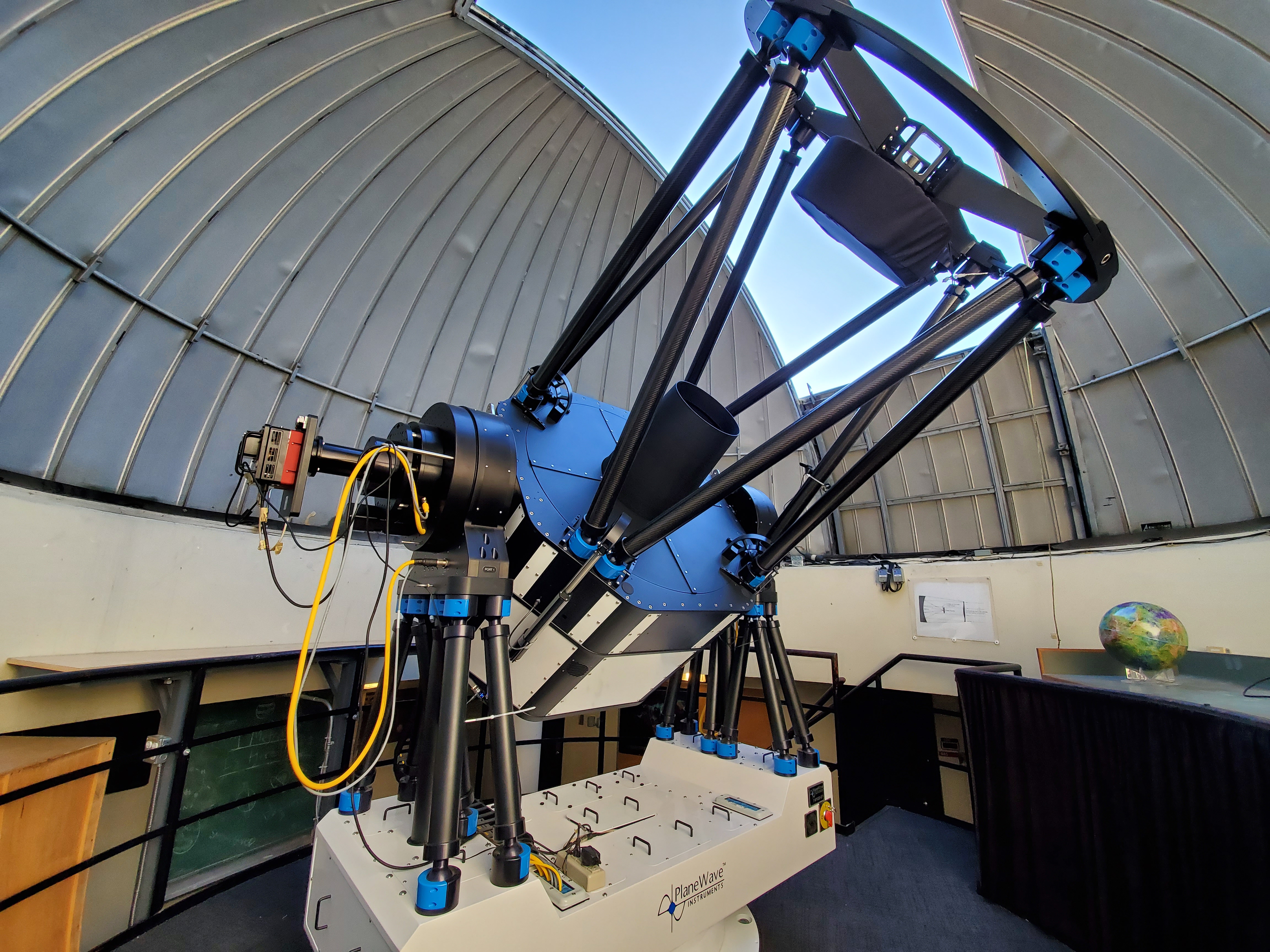
Planewave PW1000 1-m Telescope
The new PlaneWave 1 m telescope, installed in August of 2019, at the Allan I. Carswell Observatory. It is the largest on any Canadian university campus.

The new PlaneWave 1 m telescope, installed in August of 2019, at the Allan I. Carswell Observatory. It is the largest on any Canadian university campus.
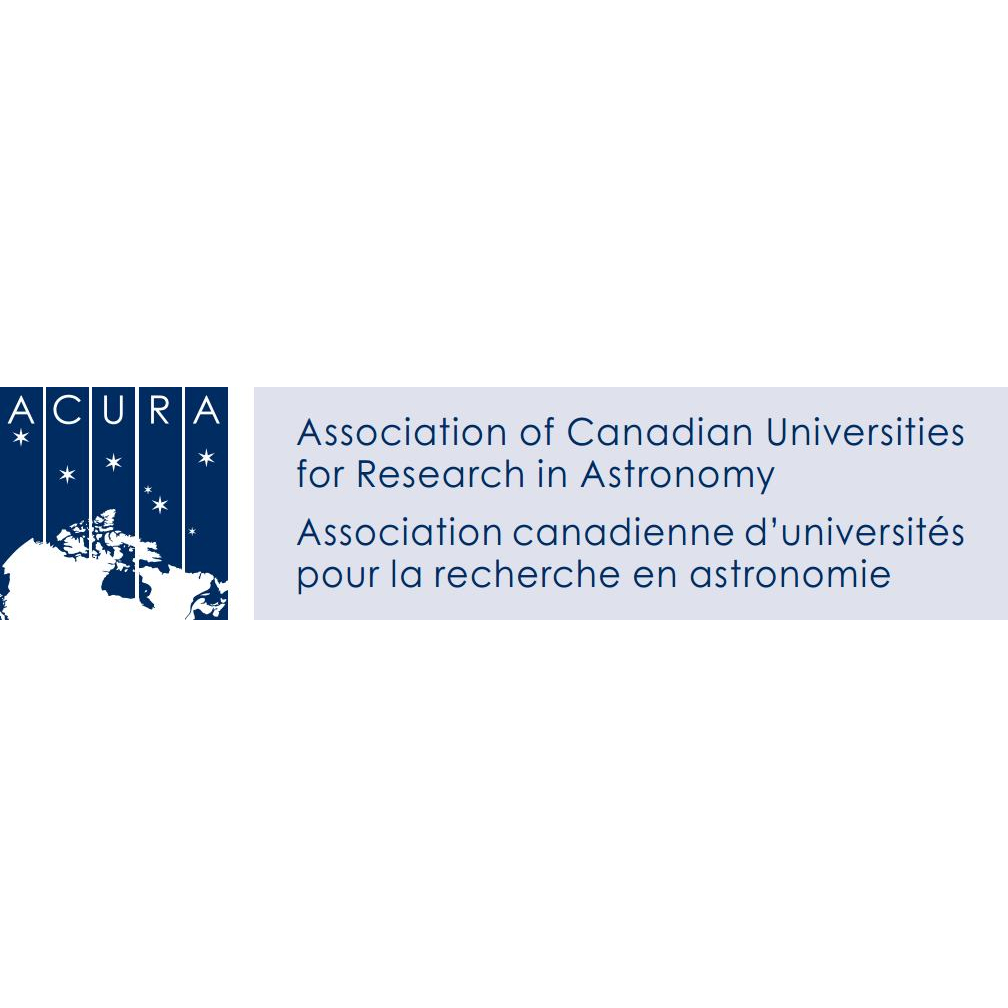
The Association of Canadian Universities for Research in Astronomy is an organization dedicated to the advancement of research and teaching in astronomy and astrophysics in Canada. It assists in coordinating large-scale national initiatives of its member institutions, advocates for the priorities in the Long Range Plan for Astronomy, and is a liaison between Canadian member universities and international partners in international and world observatories.
See More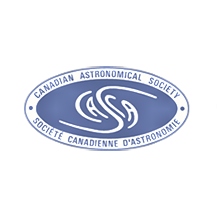
The Canadian Astronomical Society was founded in 1971 and incorporated in 1983 as a society of professional astronomers. The society is devoted to the promotion and advancement of knowledge of the universe through research and education. Membership is open to persons with a professional involvement with these goals in astronomy and the related sciences. The main activities of the Society are its annual scientific meetings, the planning and realization of scientific projects, the support of the scientific activities of its members, and the dissemination of related information among members and other interested persons.
See More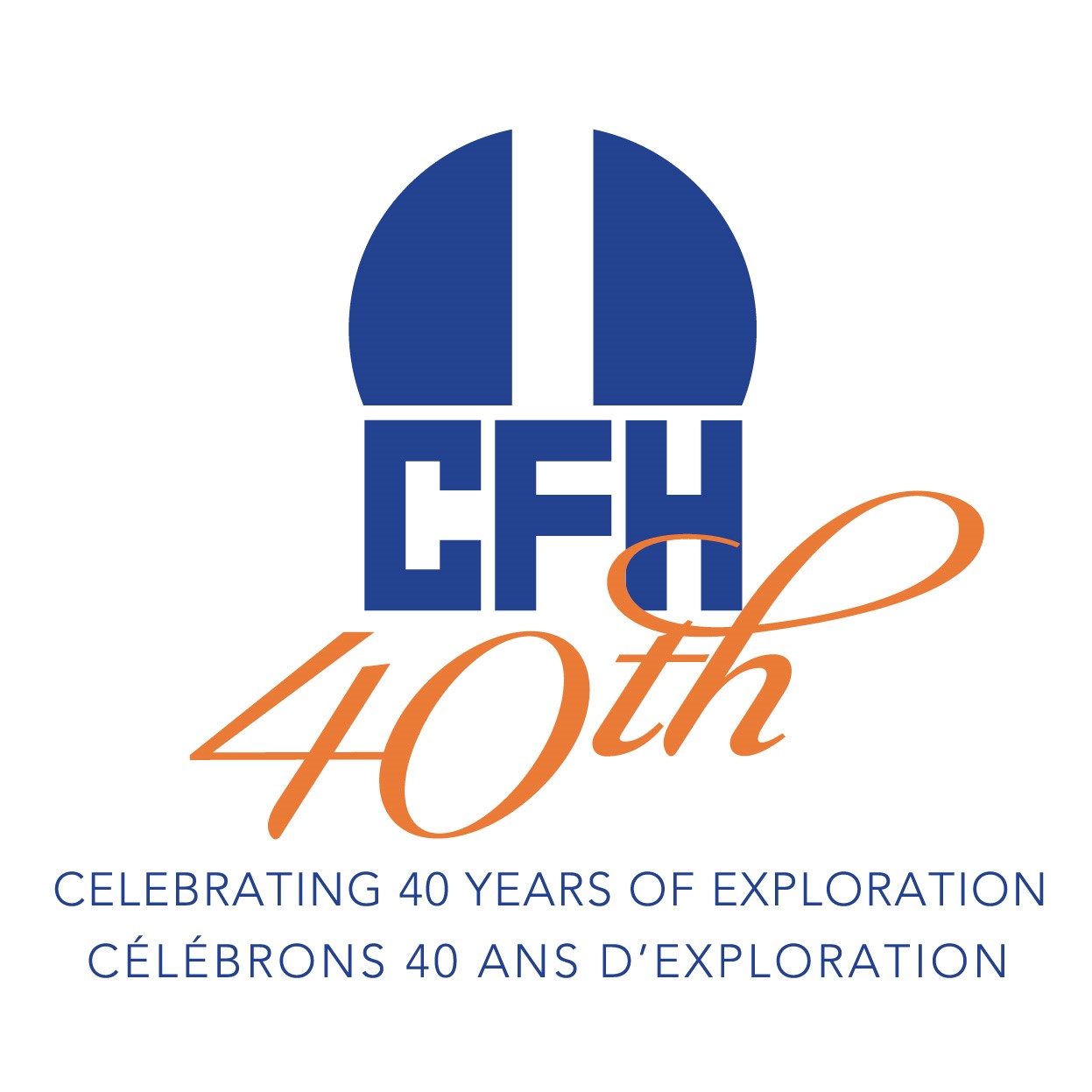
The Canada-France-Hawaii Telescope (CFHT) is a
non-profit organization that operates a world class
3.6 meter telescope atop Mauna Kea, a dormant Hawaiian
volcano rising 4,200 meters above the Pacific Ocean.
The Observatory headquarters are located in Waimea
(Kamuela), where CFHT has been part of the community
since 1977. The CFHT team of some 50 people includes
engineers, technicians, astronomers, and
administrators.
CFHT is a joint facility of:
National Research Council of Canada,
Centre National de la Recherche Scientifique of
France, and
University of Hawaii.
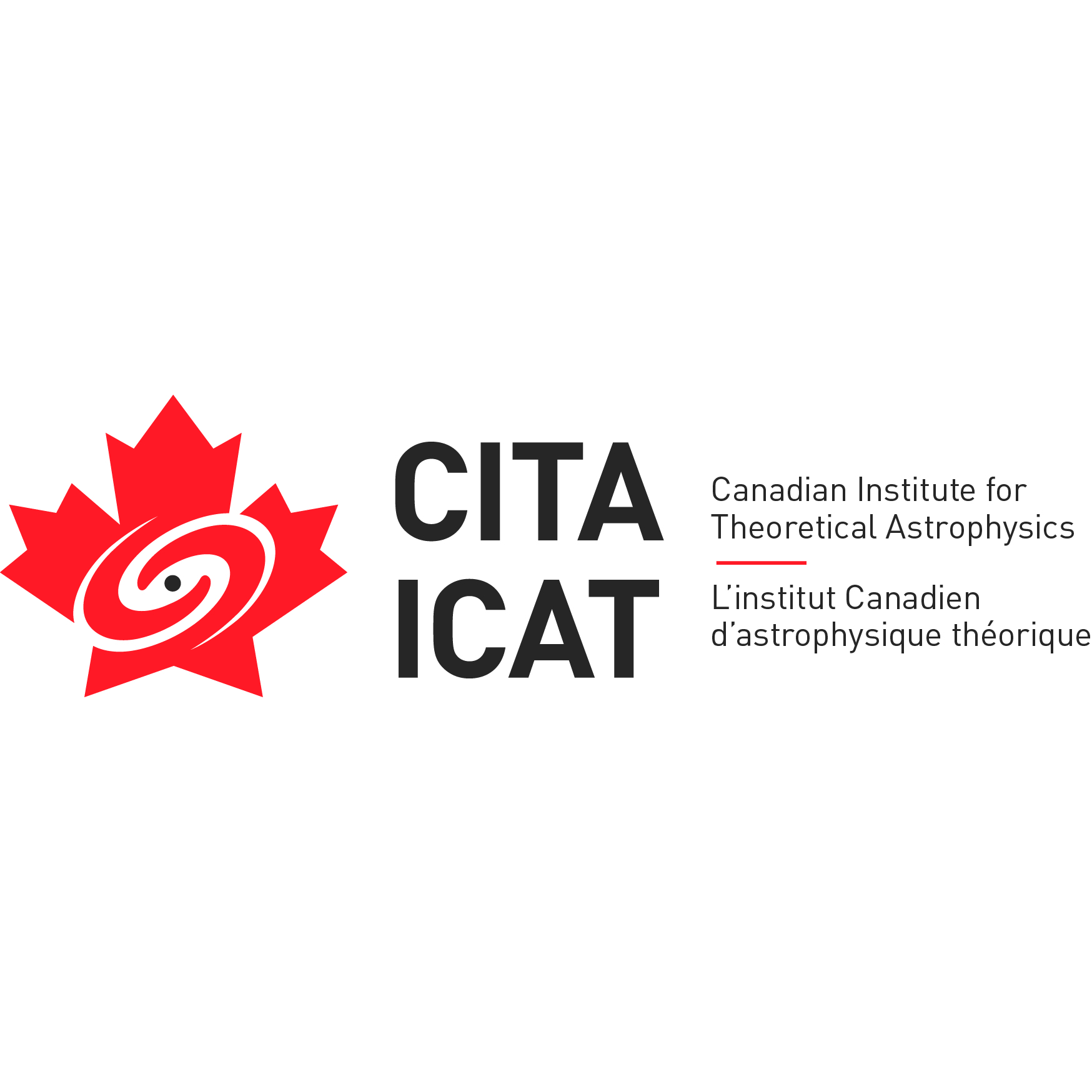
The Canadian Institute for Theoretical Astrophysics is a nationally supported research center for studies in theoretical astrophysics including the origin and evolution of the universe, and the many other phenomena revealed by modern astronomy. CITA’s primary missions are to foster interaction within the Canadian astrophysics community and to serve as an international centre of excellence for theoretical studies in astrophysics.
See More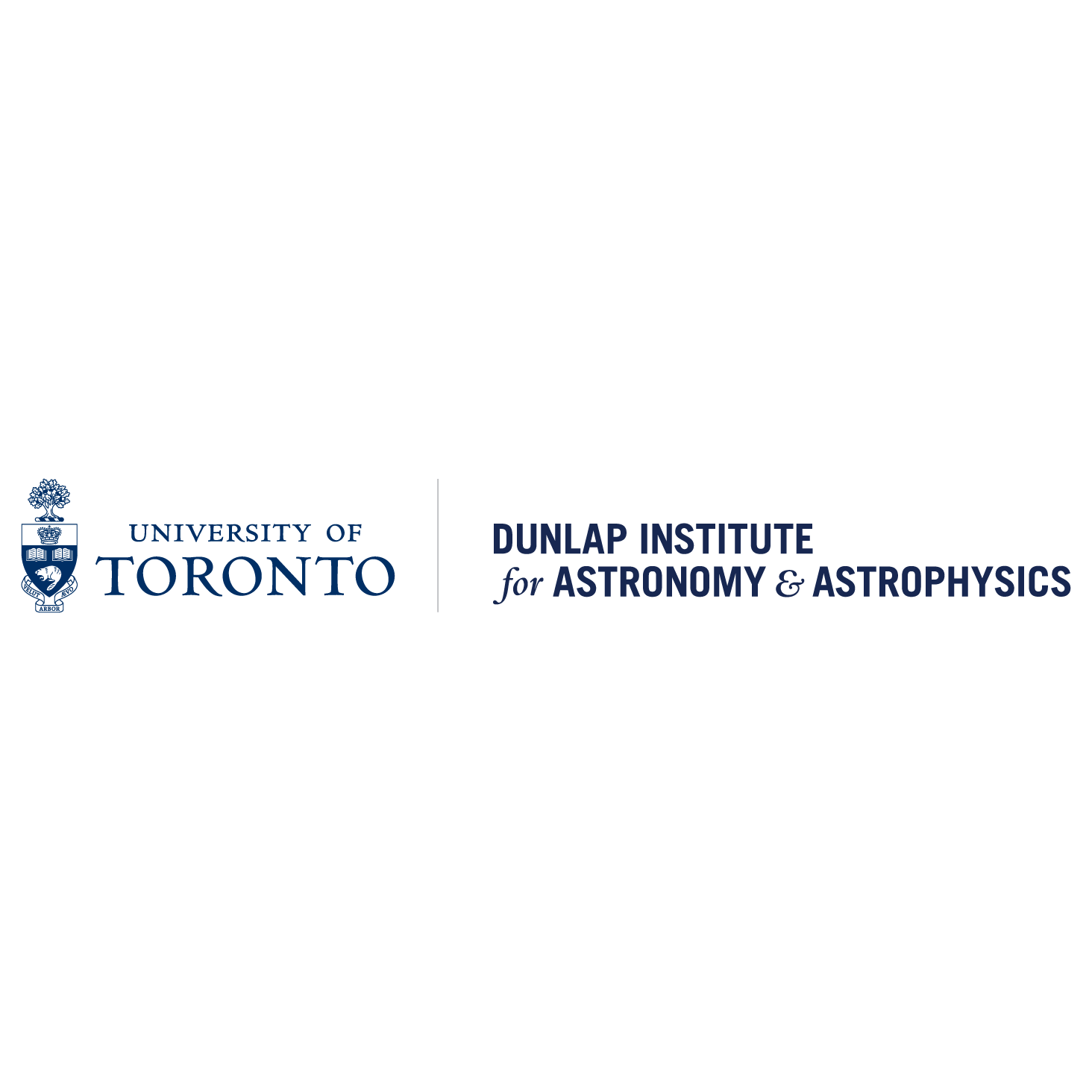
The Dunlap Institute for Astronomy & Astrophysics at
the University of Toronto is an endowed research
institute with over 50 faculty, postdocs, students and
staff, dedicated to innovative technology,
groundbreaking research, world-class training, and
public engagement.
The research themes of its faculty and Dunlap Fellows
span the Universe and include: optical, infrared and
radio instrumentation, Dark Energy, large-scale
structure, the Cosmic Microwave Background, the
interstellar medium, galaxy evolution, cosmic
magnetism and time-domain science.
The Dunlap Institute, the Department of Astronomy &
Astrophysics, the Canadian Institute for Theoretical
Astrophysics, and the Centre for Planetary Sciences,
comprise the leading research centre for astronomy in
Canada, at the leading research university in the
country. The Dunlap Institute is committed to making
its science, training and public outreach activities
productive and enjoyable for everyone, regardless of
gender, sexual orientation, disability, physical
appearance, body size, race, nationality or
religion.
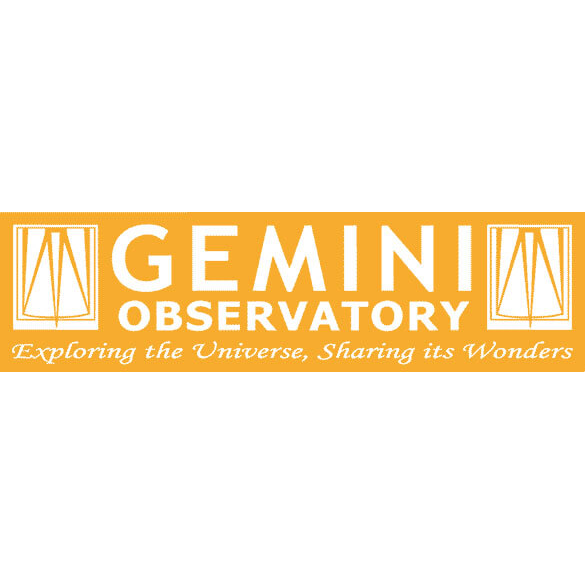
The Gemini Observatory consists of twin 8.1-meter
diameter optical/infrared telescopes located on two of
the best observing sites on the planet. From their
locations on mountains in Hawai‘i and Chile, Gemini
Observatory’s telescopes can collectively access the
entire sky.
Gemini was built and is operated by a partnership of
five countries including the United States, Canada,
Chile, Brazil, Argentina and Korea. These Participants
and the University of Hawaii, which has regular access
to Gemini, each maintain a “National Gemini Office” to
support their local users. Any astronomer in these
countries can apply for time on Gemini, which is
allocated in proportion to each Partcipant's financial
stake.
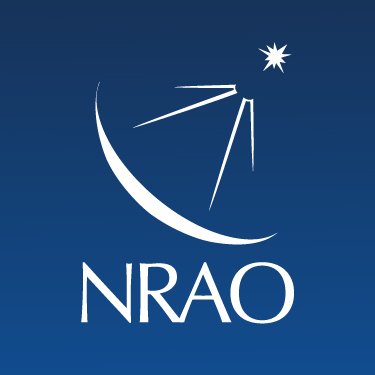
Founded in 1956, the NRAO provides state-of-the-art
radio telescope facilities for use by the
international scientific community. NRAO telescopes
are open to all astronomers regardless of
institutional or national affiliation. Observing time
on NRAO telescopes is available on a competitive basis
to qualified scientists after evaluation of research
proposals on the basis of scientific merit, the
capability of the instruments to do the work, and the
availability of the telescope during the requested
time. NRAO also provides both formal and informal
programs in education and public outreach for
teachers, students, the general public, and the media.
The National Radio Astronomy Observatory is a facility
of the National Science Foundation operated under
cooperative agreement by Associated Universities, Inc.

Perimeter Institute is a leading centre for scientific research, training and educational outreach in foundational theoretical physics. Founded in 1999 in Waterloo, Ontario, Canada, its mission is to advance our understanding of the universe at the most fundamental level, stimulating the breakthroughs that could transform our future. Perimeter also trains the next generation of physicists through innovative programs, and shares the excitement and wonder of science with students, teachers and the general public.
See More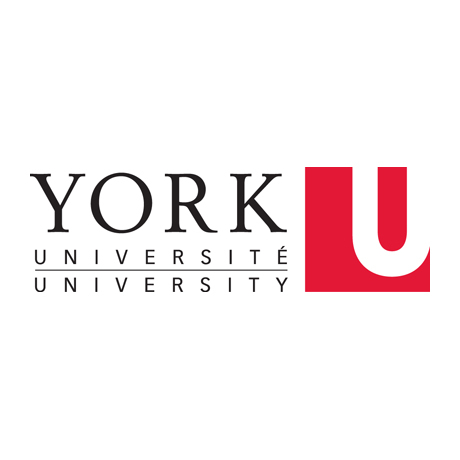
York University is known for championing new ways of
thinking that drive teaching and research excellence.
Meaningful and sometimes unexpected careers result
from cross-disciplinary programming, innovative course
design and diverse experiential education
opportunities.
York is committed to giving a broad demographic of
students access to a high quality, research-intensive
learning environment committed to the public
good.

York University is known for championing new ways of
thinking that drive teaching and research excellence.
Meaningful and sometimes unexpected careers result
from cross-disciplinary programming, innovative course
design and diverse experiential education
opportunities.
York is committed to giving a broad demographic of
students access to a high quality, research-intensive
learning environment committed to the public
good.

York University is known for championing new ways of
thinking that drive teaching and research excellence.
Meaningful and sometimes unexpected careers result
from cross-disciplinary programming, innovative course
design and diverse experiential education
opportunities.
York is committed to giving a broad demographic of
students access to a high quality, research-intensive
learning environment committed to the public
good.

York University is known for championing new ways of
thinking that drive teaching and research excellence.
Meaningful and sometimes unexpected careers result
from cross-disciplinary programming, innovative course
design and diverse experiential education
opportunities.
York is committed to giving a broad demographic of
students access to a high quality, research-intensive
learning environment committed to the public
good.

York University is known for championing new ways of
thinking that drive teaching and research excellence.
Meaningful and sometimes unexpected careers result
from cross-disciplinary programming, innovative course
design and diverse experiential education
opportunities.
York is committed to giving a broad demographic of
students access to a high quality, research-intensive
learning environment committed to the public
good.